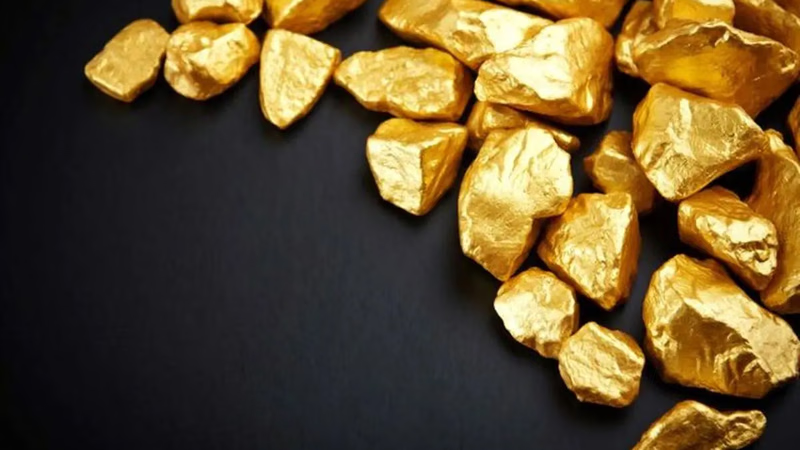
Gold"s role in electronics and aerospace applications. "
As gold is so valuable and its supply is so limited, it has long been used as a medium of exchange or money. The first known use of this metal in transactions dates back to more than 6,000 years. Early trades were made using pieces of gold or pieces of silver. The rarity, usefulness and desirability make this metal a valuable material for a long time. Gold works well for this purpose because it has a high value and is also durable, portable and easily divisible.
Today, gold coins are no longer widely used for financial transactions. However, coins produced in certain weights are a common way that people can buy and own small amounts of this metal for investment. A small amount of this metal is used in almost every advanced electronic device. These devices include cell phones, calculators, personal digital devices, Global Positioning System (GPS) units and other small electronic devices. Most large electronics, such as televisions, also contain this metal.
The most important industrial application of this metal is in the manufacture of electronic devices. Electronic devices operate with very low voltages and currents that are easily interrupted by corrosion or staining at the contact points. Gold is a very efficient conductor that can withstand these tiny currents and protect against corrosion. Electronic components made of this metal are highly reliable and are used in connectors, switch joints, solder joints, connecting wires and strips.
One of the challenges of using gold in very small quantities in very small devices is not consuming large amounts of this precious metal. The problem is that about one billion mobile phones are produced every year, and most of them are worth about fifty cents of gold. Their average lifespan is less than two years and very few are currently recycled. Although the amount of this metal in each device is small, but a large number of them can be large.
This metal is used in many places in desktops or laptops. Fast and accurate transfer of digital information through a computer from one component to another requires an efficient and reliable conductor. Gold meets these needs better than other metals. The importance of high quality and reliable performance justifies the high cost. The edge connectors used to install the microprocessor and memory chips to the motherboard and the plug and socket connectors used to connect the cables all contain this metal. Gold in these components is generally plated on other metals and alloyed with small amounts of nickel or cobalt to make it more durable.
This metal is used in dentistry due to its excellent performance and aesthetic appeal, and its alloys are used for fillings, crowns, bridges and orthodontic appliances. The metal is chemically inert and non-allergenic, making it easy for dentists to work with. This metal is used as a medicine to treat a small number of medical problems. Injections of weak solutions of arotiumlate sodium or arthritoglucose are sometimes used to treat rheumatoid arthritis. In addition, radioactive gold isotope particles are implanted in tissues to act as a radiation source in the treatment of certain cancers.
Many surgical instruments, electronic equipment, and life support devices are made using small amounts of this metal. Gold is non-reactive and is very reliable in electronic equipment and life support devices. Gold is the best option if you want to spend billions of dollars on a vehicle that does not require lubrication, maintenance and repair when starting and traveling. This is exactly why the metal is used in hundreds of ways in every space vehicle launched by NASA.
Many parts of each spacecraft have gold-plated polyester film. The film reflects infrared radiation and helps stabilize the spacecraft's temperature. Without this coating, the dark parts of the spacecraft will absorb significant amounts of heat. This metal is also used as a lubricant between mechanical parts. In space vacuum, organic lubricants evaporate and decompose beyond the Earth's atmosphere due to intense radiation. Gold has very little shear strength, and a thin film of gold is used as a lubricant between important moving parts.
Most applications of this metal today have only been developed in the last two or three decades. This trend is likely to continue. As our society needs more advanced and safer materials, our use of gold increases. This growing demand, low number of alternatives and limited supply makes the value and importance of gold increase gradually and steadily.
-
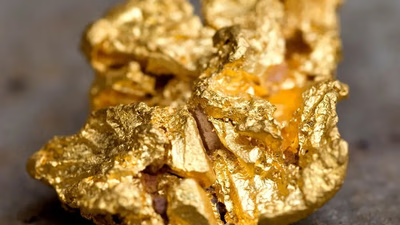
Understanding the intricacies of buying and selling jewelry and gold is crucial for successful transactions. Key factors include recognizing different types of jewelry, such as fine, fashion, and antique pieces, as well as understanding gold"s purity, weight, craftsmanship, and market trends. Authenticity verification is essential; look for hallmarks indicating metal purity and request certificates for gemstones from reputable labs. Assess the condition of items carefully, considering aspects like damage and overall craftsmanship. Negotiation skills are vital; clearly communicate expectations and document transaction details to prevent disputes. Security during transactions should not be overlooked—conduct them in reputable locations and consider secure payment methods. Familiarity with legal regulations regarding jewelry sales in your area is also important. In the Middle East, 18-carat gold is preferred due to its balance of quality and value.
Buyers should be aware of the emotional significance of jewelry while also staying informed about market prices to ensure fair transactions. Engaging with trustworthy sellers or buyers can enhance the experience and lead to better deals. "
-
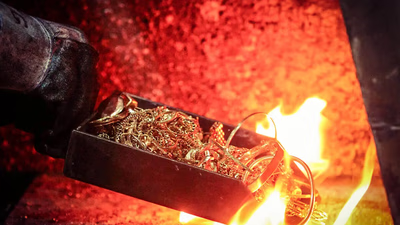
Western Asia"s jewelry making is characterized by a blend of traditional craftsmanship and modern techniques. Each region showcases unique styles, with methods like filigree and engraving being prevalent. Jewelry serves not only as adornment but also reflects cultural identity and social status, playing a vital role in weddings and religious ceremonies. Major cities such as Istanbul and Dubai are key players in the jewelry trade, with Dubai being a significant hub for gold and diamond transactions. Wages for jewelry makers vary across the region; in the UAE, they range from AED 2,000 to AED 6,000 monthly, while in Saudi Arabia, they range from SAR 3,000 to SAR 7,000. Turkey"s wages fall between TRY 2,000 to TRY 5,000. The complexity of designs influences wages significantly; handcrafted pieces command higher prices compared to machine-made items. The global demand for unique jewelry continues to rise, with Western Asia exporting significant quantities of gold and diamond pieces that highlight its rich craftsmanship. The influence of Islamic art is evident in many designs, incorporating geometric patterns and calligraphy that reflect cultural heritage.
-
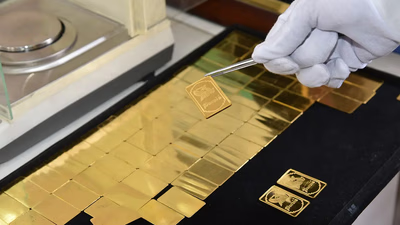
Factors influencing gold prices include global economic conditions, interest rates, inflation, currency fluctuations, and geopolitical tensions. Historical data analysis reveals patterns that can inform future price movements, although past performance is not a guarantee. Technical analysis of price charts and indicators aids in identifying trends and potential targets. Broader macroeconomic factors such as economic growth rates and trade dynamics also play a role in shaping investor sentiment towards gold as a safe-haven asset. Recent trends show a positive outlook for gold, with analysts predicting prices may reach $1,800 soon but face challenges ahead. Research firm Murenbeeld & Co forecasts average prices of $1,806 in Q2 2021 and $1,900 by Q1 2022. However, uncertainties surrounding the economic recovery and inflation persist. The rise of Bitcoin poses competition for gold"s market value, with analysts noting a 2.
5% reduction in gold"s value due to Bitcoin"s increase. Understanding supply-demand dynamics is crucial; factors like production levels and investment demand significantly impact pricing. Staying informed through expert opinions and market forecasts is essential for navigating the complexities of gold pricing. "
-
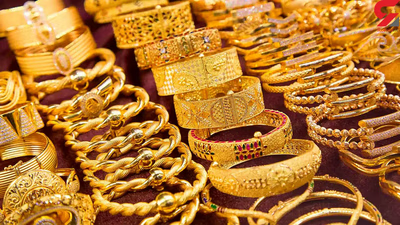
Jewelry trading in West Asia offers various avenues, including established jewelry stores, traditional gold souks, and private sales through personal networks. Reputable stores provide a wide selection of high-quality pieces and knowledgeable staff to assist buyers. Gold souks, like Dubai"s famous Gold Souk, offer extensive options but require caution to ensure authenticity. Networking plays a crucial role in accessing exclusive pieces through private sales. Trade shows and exhibitions are valuable for discovering new designers and establishing industry connections. Buyers should prioritize reputable sources to avoid issues with gemstone quality and pricing discrepancies. The sale of gold differs from jewelry, with specific pricing structures based on daily rates and seller profits. E-commerce platforms have gained popularity for jewelry purchases, but buyers must research sellers thoroughly to ensure secure transactions.
Auction houses also present opportunities for acquiring unique pieces but require knowledge of the auction process. "
-

Gold has been a valuable medium of exchange for over 6,000 years due to its rarity and durability. While its use as currency has diminished, gold remains integral in various industries, particularly electronics. It is a key component in devices like smartphones and computers, where it serves as a reliable conductor that resists corrosion. The demand for gold in electronics is significant, with billions of mobile phones produced annually, each containing small amounts of gold. Additionally, gold"s applications extend to dentistry and medicine, where it is used for fillings and certain treatments. In aerospace, gold"s unique properties make it essential for spacecraft components, reflecting infrared radiation and acting as a lubricant in vacuum conditions. The increasing need for advanced materials suggests that the demand for gold will continue to rise, further solidifying its value in the global market.
-
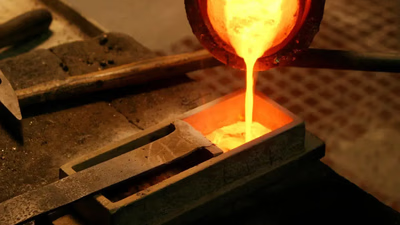
Identifying second-hand gold jewelry involves examining its physical condition and markings. Look for signs of wear such as scratches, dents, or tarnish, particularly on areas prone to damage like clasps and ring backs. A patina may indicate age, but some prefer this aesthetic. Repairs can also signal pre-ownership; check for solder marks or resized bands. Hallmarks provide insight into purity and age, but be cautious of forgeries. The gold"s carat indicates its purity level, with 24 carat being pure gold, while lower carats contain other metals for durability. Different regions have varying standards for gold grades; for instance, 18 carat is common in Iran while Arab countries often use between 20 and 24 carats. New jewelry typically comes with packaging and documentation that may be absent in second-hand pieces.
Pricing can also be a clue; second-hand items are generally less expensive than new ones. Always consider the source when purchasing to ensure authenticity. "
-

West Asia has long been a pivotal center for gold trading, leveraging its strategic location to facilitate trade between Europe, Asia, and Africa. Historical empires like the Persian Empire and the Ottoman Empire significantly influenced the development of this market. Gold is culturally significant in West Asian societies, symbolizing wealth and status, often exchanged during weddings and celebrations. Major trading hubs include Dubai, Istanbul, and Manama, which attract global buyers and sellers. The region boasts a robust financial infrastructure supporting gold investments through bullion banks and gold ETFs. Middle Eastern central banks maintain substantial gold reserves to diversify their holdings and stabilize currencies. Countries like the UAE, Saudi Arabia, and Turkey are notable for their significant reserves. Gold"s unique properties—its resistance to corrosion and tarnishing—make it a preferred choice for jewelry, particularly wedding bands.
The demand for gold surges during festive seasons such as Eid and Diwali, reflecting its status as a store of value. Additionally, West Asia is celebrated for its exquisite gold craftsmanship, with skilled artisans creating intricate designs that enhance the allure of gold jewelry. "
-
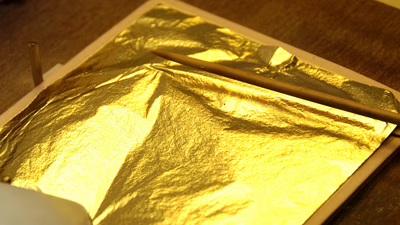
West Asia has a rich history of gold discovery and trade, dating back to ancient civilizations like Mesopotamia, where artifacts from around 3000 BCE were found. Ancient Egypt also played a significant role, mining gold from the Nubian and Eastern Deserts for jewelry and trade. The Persian Empire further contributed to gold accumulation, with kings using it to finance military campaigns. The rise of the Arab Caliphates in the 7th century CE established key trade routes that facilitated gold exchange across Asia, Africa, and Europe, with Baghdad emerging as a center for gold craftsmanship. Gold"s allure continued through history, being used in various important objects and maintaining its status as a precious metal. In modern times, China has become the largest producer of gold, while countries like Saudi Arabia and the UAE have significant reserves. Dubai has evolved into a major trading hub for gold, showcasing its ongoing importance in global markets. "








